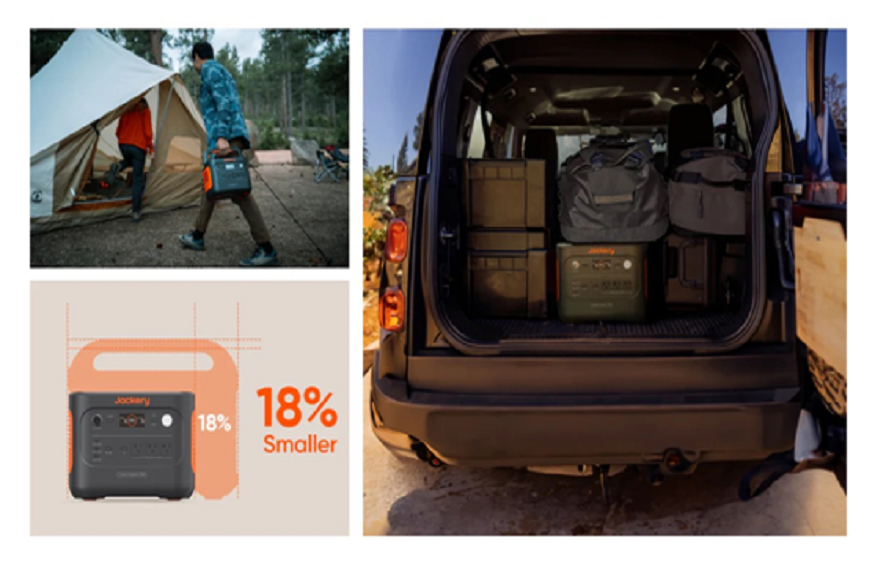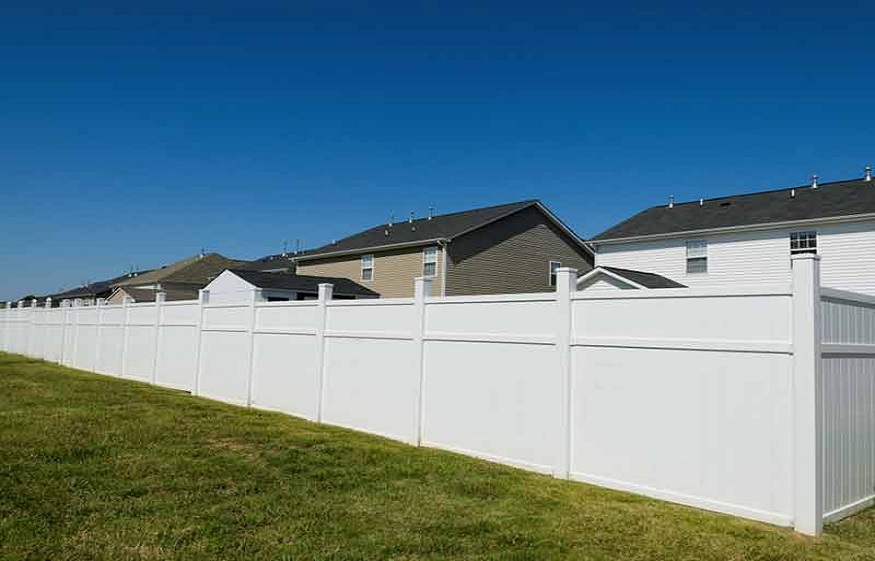Cost-Effective Ways to Heat Your Swimming Pool
As the summer season approaches, many swimming pool owners seek cost-effective ways to heat their fibreglass pools brisbane, allowing them to extend the swimming season and enjoy comfortable water temperatures. Traditional pool heating methods can be expensive and energy-intensive, but there are several alternative approaches that can keep your pool warm without breaking the bank. In this article, we will explore a variety of cost-effective ways to heat your swimming pool, enabling you to make the most of your investment while minimising energy costs.
Solar Pool Covers
Solar pool covers are among the most cost-effective and environmentally friendly methods for heating your pool. These covers are designed to capture and retain the sun’s heat, transferring it to the water. Constructed from durable, UV-resistant materials with air pockets for insulation, solar pool covers minimise heat loss.
When your pool is not in use, using a solar cover can significantly reduce heat loss through evaporation. Estimates suggest that a solar pool cover can increase water temperature by up to 8-10 degrees Celsius. Additionally, these covers help reduce chemical and water evaporation, resulting in further cost savings.
Solar Water Heaters
Installing a solar water heater is another effective way to harness the sun’s power to heat your pool. Solar water heating systems consist of solar panels that collect the sun’s energy and transfer it to the pool water through a heat exchanger. These systems can be installed on the roof or ground-mounted near the pool area.
While the initial cost of a solar water heater may be higher compared to other methods, the long-term savings on energy bills make it a cost-effective option. Solar water heaters are highly efficient and can provide consistent heating throughout the pool season, reducing your reliance on traditional heating methods.
Heat Pumps
Heat pumps offer an energy-efficient alternative to conventional pool heaters. Instead of generating heat, heat pumps extract heat from the surrounding air or water and transfer it to the pool water. This method is highly efficient, as it requires less energy to move heat rather than generate it.
Although heat pumps require electricity to operate, they can deliver up to four times more energy than they consume, making them an energy-efficient choice. Despite a higher initial investment, the lower operating costs provide long-term savings, especially for larger pools.
Pool Thermal Blankets
Pool thermal blankets are similar to solar pool covers as they minimise heat loss and evaporation. Made of insulating foam or bubble wrap, these blankets are placed directly on the water’s surface when the pool is not in use. Pool thermal blankets create a barrier that prevents heat from escaping, helping to maintain higher water temperatures.
In addition to heat retention, pool thermal blankets offer other benefits such as reducing debris accumulation, chemical loss, and water evaporation. They are relatively inexpensive and easy to use, making them an attractive option for pool owners on a budget.
Windbreaks and Landscaping
In addition to upgrading your pool pump, another effective method to minimise heat loss and maximise energy efficiency is by strategically placing windbreaks and implementing smart landscaping around your pool area. By creating barriers that block or redirect the wind, you can create a more sheltered environment that retains heat more effectively. Planting tall hedges, installing fences, or utilising walls can all contribute to reducing the impact of wind on pool heat loss.
Not to mention, landscaping can be designed to optimise sun exposure and harness the natural heat from the sun. This can be achieved by removing or trimming trees that cast shadows over the pool area and adding reflective surfaces such as light-coloured pavers or tiles. By maximising sun exposure, you can take advantage of the sun’s warmth and reduce the need for additional heating methods, ultimately saving on energy costs.
The combination of windbreaks and strategic landscaping creates a pool environment that is shielded from chilly winds and receives optimal sun exposure, allowing the pool water to retain its heat more efficiently.
Pool Heat Exchangers
Pool heat exchangers provide a cost-effective way to heat your pool by utilising your existing heating system. These devices transfer heat from another source, such as a boiler or a geothermal system, to the pool water. The heated fluid passes through the heat exchanger, warming the pool water without direct contact.
Pool heat exchangers are efficient and practical if you already have a heating system in place. By utilising the existing infrastructure, you can save on installation costs and make your pool heating more energy-efficient.
Efficient Timers and Controls
Investing in efficient timers and controls for your pool heating system can help optimise energy usage and reduce costs. Timers allow you to schedule the operation of your pool heater, ensuring it runs only when necessary. By setting specific times for heating, you can avoid unnecessary energy consumption and maintain desired water temperatures.
Consider installing thermostats and temperature controls to monitor and regulate the pool’s water temperature. This way, you can maintain optimal comfort while avoiding excessive heating and energy waste.
Energy-Efficient Pump Systems
Upgrading to an energy-efficient pool pump can significantly reduce energy consumption and costs. Variable-speed pumps allow you to adjust the water flow, saving energy when less circulation is needed. These pumps are designed to be highly efficient while effectively heating the pool. By using an energy-efficient pump, you can lower energy expenses without compromising performance. Look for ENERGY STAR® certified pumps for optimal efficiency. Regular maintenance and proper operation further enhance their effectiveness. Overall, investing in an energy-efficient pump system provides long-term savings and promotes sustainability.
Conclusion
Heating your swimming pool doesn’t have to be an expensive endeavour. By implementing cost-effective strategies such as using solar pool covers, solar water heaters, heat pumps, pool thermal blankets, windbreaks and landscaping, pool heat exchangers, efficient timers and controls, and energy-efficient pump systems, you can effectively heat your pool while minimising energy costs.
Consider your pool’s size, location, and budget when deciding which methods to adopt. Remember that combining multiple approaches can yield even greater savings and extend your swimming season. With these cost-effective methods, you can enjoy the luxury of a warm and inviting pool without worrying about excessive energy expenses.



